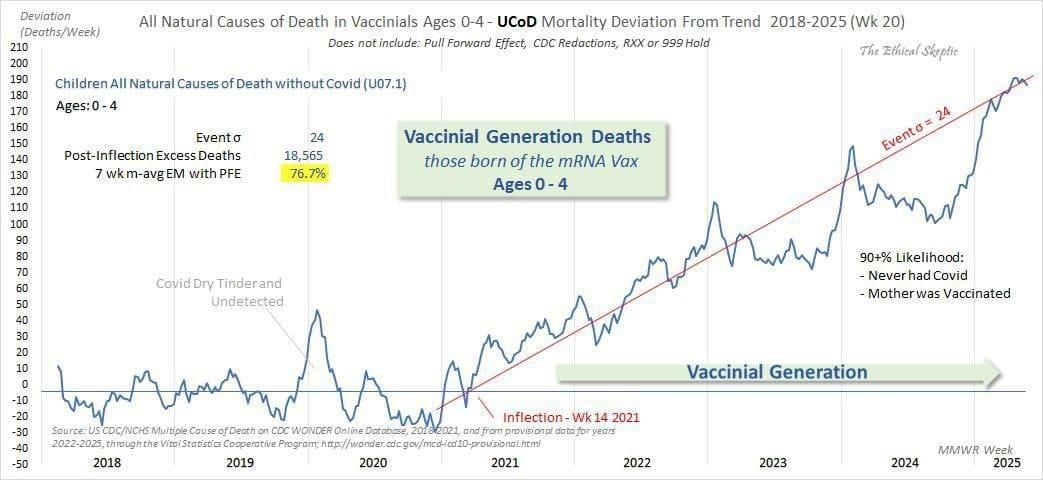VOTO LIBEGUALE –
Il problema non è solo CHI votare, ma COME
Da troppo tempo il dibattito politico si ferma ai nomi.
Ma la vera domanda è un’altra: con quale sistema scegliamo chi ci rappresenta?
Questo Paese ha bisogno di una riforma seria, strutturale e definitiva.
Non solo della Giustizia, ma soprattutto di un sistema elettorale che oggi non consente agli elettori di scegliere davvero le persone più adeguate.
Tra meno di 18 mesi voteremo per Camera e Senato.
E mentre il tempo scorre, la nuova legge elettorale viene scritta fuori dal Parlamento, nelle stanze di pochi.
Vogliamo davvero tornare a meccanismi opachi che permettono a qualche decina di persone di decidere chi entra in Parlamento, nominando di fatto deputati e senatori e concentrando il potere legislativo ed esecutivo?
La democrazia non può essere un automatismo. Va esercitata.
Per questo ti invitiamo a informarti e firmare subito tre leggi di iniziativa popolare per una legge elettorale che, dopo 20 anni, restituisca agli elettori il diritto di scegliere:
parlamentari scelti dai cittadini
niente voto congiunto
niente pluricandidature
niente soglie distorsive
voto di preferenza
primarie obbligatorie
È il momento di passare dalla riflessione all’azione.
---
FIRMA ADESSO
Bastano CIE o SPID
1️⃣ Vai qui e usa i pulsanti blu del sito:
https://votolibeguale.it
2️⃣ Clicca su Accedi e scegli CIE o SPID
3️⃣ Usa SPID o l’app CieID
4️⃣ Conferma la firma
Fallo subito.
Perché il voto è davvero libero solo quando scegli tu.
#VotoLibeguale #Democrazia #Partecipazione #RiformaElettorale
Il problema non è solo CHI votare, ma COME
Da troppo tempo il dibattito politico si ferma ai nomi.
Ma la vera domanda è un’altra: con quale sistema scegliamo chi ci rappresenta?
Questo Paese ha bisogno di una riforma seria, strutturale e definitiva.
Non solo della Giustizia, ma soprattutto di un sistema elettorale che oggi non consente agli elettori di scegliere davvero le persone più adeguate.
Tra meno di 18 mesi voteremo per Camera e Senato.
E mentre il tempo scorre, la nuova legge elettorale viene scritta fuori dal Parlamento, nelle stanze di pochi.
Vogliamo davvero tornare a meccanismi opachi che permettono a qualche decina di persone di decidere chi entra in Parlamento, nominando di fatto deputati e senatori e concentrando il potere legislativo ed esecutivo?
La democrazia non può essere un automatismo. Va esercitata.
Per questo ti invitiamo a informarti e firmare subito tre leggi di iniziativa popolare per una legge elettorale che, dopo 20 anni, restituisca agli elettori il diritto di scegliere:
parlamentari scelti dai cittadini
niente voto congiunto
niente pluricandidature
niente soglie distorsive
voto di preferenza
primarie obbligatorie
È il momento di passare dalla riflessione all’azione.
---
FIRMA ADESSO
Bastano CIE o SPID
1️⃣ Vai qui e usa i pulsanti blu del sito:
https://votolibeguale.it
2️⃣ Clicca su Accedi e scegli CIE o SPID
3️⃣ Usa SPID o l’app CieID
4️⃣ Conferma la firma
Fallo subito.
Perché il voto è davvero libero solo quando scegli tu.
#VotoLibeguale #Democrazia #Partecipazione #RiformaElettorale
VOTO LIBEGUALE –
Il problema non è solo CHI votare, ma COME 🗳️
Da troppo tempo il dibattito politico si ferma ai nomi.
Ma la vera domanda è un’altra: con quale sistema scegliamo chi ci rappresenta?
Questo Paese ha bisogno di una riforma seria, strutturale e definitiva.
Non solo della Giustizia, ma soprattutto di un sistema elettorale che oggi non consente agli elettori di scegliere davvero le persone più adeguate.
Tra meno di 18 mesi voteremo per Camera e Senato.
E mentre il tempo scorre, la nuova legge elettorale viene scritta fuori dal Parlamento, nelle stanze di pochi.
Vogliamo davvero tornare a meccanismi opachi che permettono a qualche decina di persone di decidere chi entra in Parlamento, nominando di fatto deputati e senatori e concentrando il potere legislativo ed esecutivo?
👉 La democrazia non può essere un automatismo. Va esercitata.
Per questo ti invitiamo a informarti e firmare subito tre leggi di iniziativa popolare per una legge elettorale che, dopo 20 anni, restituisca agli elettori il diritto di scegliere:
parlamentari scelti dai cittadini
niente voto congiunto
niente pluricandidature
niente soglie distorsive
voto di preferenza
primarie obbligatorie
È il momento di passare dalla riflessione all’azione. ✍️
---
FIRMA ADESSO
Bastano CIE o SPID
1️⃣ Vai qui e usa i pulsanti blu del sito:
✍️ https://votolibeguale.it
2️⃣ Clicca su Accedi e scegli CIE o SPID
3️⃣ Usa SPID o l’app CieID
4️⃣ Conferma la firma ✅
⏳ Fallo subito.
🇮🇹 Perché il voto è davvero libero solo quando scegli tu.
#VotoLibeguale #Democrazia #Partecipazione #RiformaElettorale
0 Comments
0 Shares
313 Views














